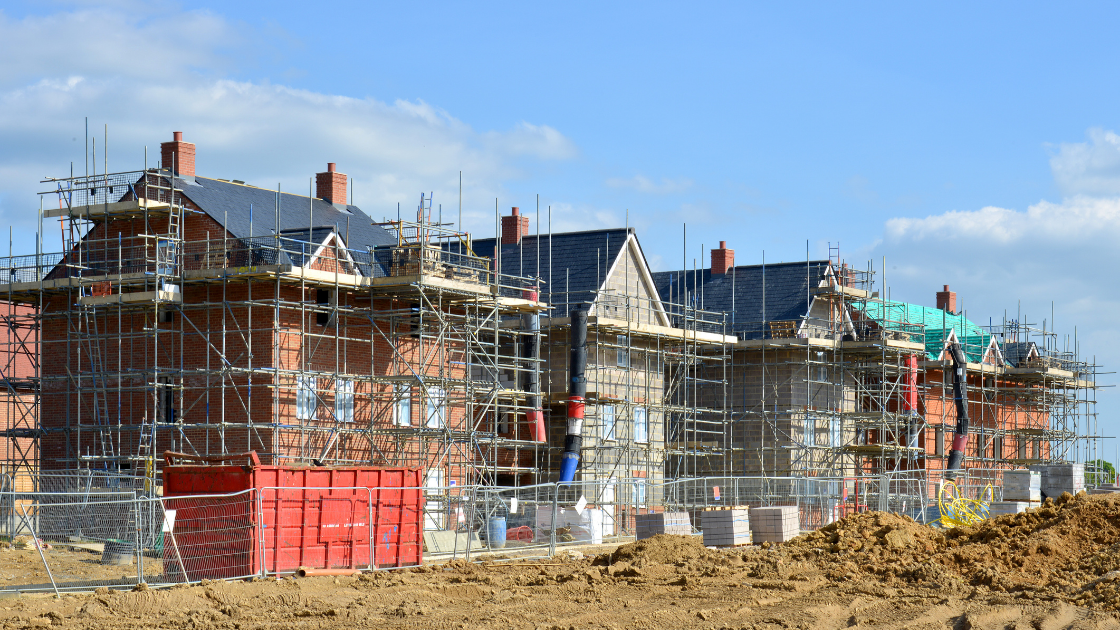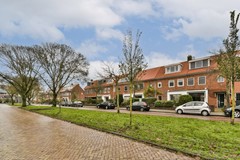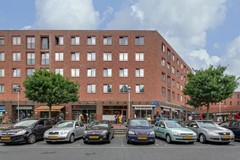How Hugo de Jonge's Proposed Regulation Misses the Mark

It's old news that the housing shortage in the Netherlands is severe. Minister Hugo de Jonge has taken charge with a National Housing and Building Agenda, which includes building affordable homes for both purchase and rental. The Affordable Housing Program is meant to be an effective measure with increased supply and addressing high rents in the private sector. However, it seems that the plan may miss the mark.
900,000 Homes in Eight Years
For several years, the goal has been to build nearly a million homes by 2030. The plan is now more concrete with the construction of approximately 600,000 affordable homes on large-scale housing sites. Of these, 250,000 are designated as social rental housing, and the rest consist of a mix of affordable homes for purchase and mid-range rentals.
In addition to expanding the housing supply, there is also a focus on diversity and affordability. An amount of €1.75 billion has been allocated to boost housing construction and realize these plans. The goal is to provide people with homes that align with their financial capabilities and desires. Each municipality should take responsibility for social housing.
Consequence: Building Standstill
Currently, for various reasons, there is already a building standstill with measurable impact. For example, there has been an increase in the cost of constructing new homes. This cost escalation has put multiple new construction projects at risk. The government's measures to influence the returns of new construction projects result in fewer homes.
Project developers and builders are tied up in various regulations. If municipalities require that a portion of new construction is designated for a specific segment, such as social rental, there is little profit to be made. In new construction, the parties profit the most from the private sector homes.
Regulating the Private Rental Market in the Mid-Range
The proposed regulation by Minister Hugo de Jonge for rents in the private rental market in the mid-range also appears to miss the mark. Currently, there is a points system linked to a maximum rent for social rental homes. According to De Jonge's plan, this system would also apply to private sector homes in the mid-range rental segment, which includes rents between approximately €800 and €1,250.
This move provides price protection for renters in this segment. It means that the private rental sector will be restricted. Landlords will then have to follow the points system to determine the rent. This plan could result in 90% of rental homes becoming part of the regulated sector. This would lead to lower rents, but whether that is a solution for the tight housing market is questionable.
Consequence: Building Homes Becomes Less Attractive
Regulating the private rental sector makes building homes less attractive for investing parties. This approach might also have a counterproductive effect. There is already a severe housing shortage in the Netherlands, and regulating private sector rents may lead to a decrease in new home construction. There is another potential effect that comes with regulating rents based on the points system.
Parties who currently own homes and rent them out in the private sector may consider ending their leases after the regulation is enacted. These homes might then go up for sale after existing tenants leave. This is not beneficial for those struggling in the housing market who need to rent. In this way, the regulation might also miss the mark. Furthermore, it becomes less attractive to build new homes, which keeps the price per square meter high due to the scarcity. Ultimately, those with lower incomes and middle incomes, who are most affected by the housing shortage, may be worse off.
Housing Shortage Persists
It is unlikely that the Affordable Housing Program will achieve the intended results that the Minister of Housing and Spatial Planning has in mind. In addition to the mentioned effects of the measures, there is also an issue with nitrogen. Moreover, dry conditions are changing the soil, potentially causing delays in construction. Soil sensitive to these changes requires more time to be made construction-ready. For example, polder soil often has a spongy structure and must be prepared before construction can begin.
There are also other risks associated with building in certain locations. If investments in accessibility and livability are lacking, there is a risk of vacancies. The shortage of personnel in the construction sector is also a risk to consider. There are currently over 7,000 people too few to build 100,000 homes per year. It is expected that the shortage of construction workers may increase to around 20,000. Minister Hugo de Jonge acknowledges this problem as a potential obstacle to achieving the intended construction goals. Moreover, municipalities also suffer from a lack of capacity to make the plans feasible. These effects also put a brake on construction production.
390,000 Homes Short
Minister de Jonge operates on the assumption of a statistical housing shortage of 280,000 homes, but according to data from Atlas Research, there is a shortage of 390,000 homes. The Minister takes into account current housing seekers, and the index also includes young people up to 25 years old who still live with their parents. The housing pressure varies by municipality. In Amsterdam alone, there is already a shortage of 175,000 homes to meet the high demand for housing.











